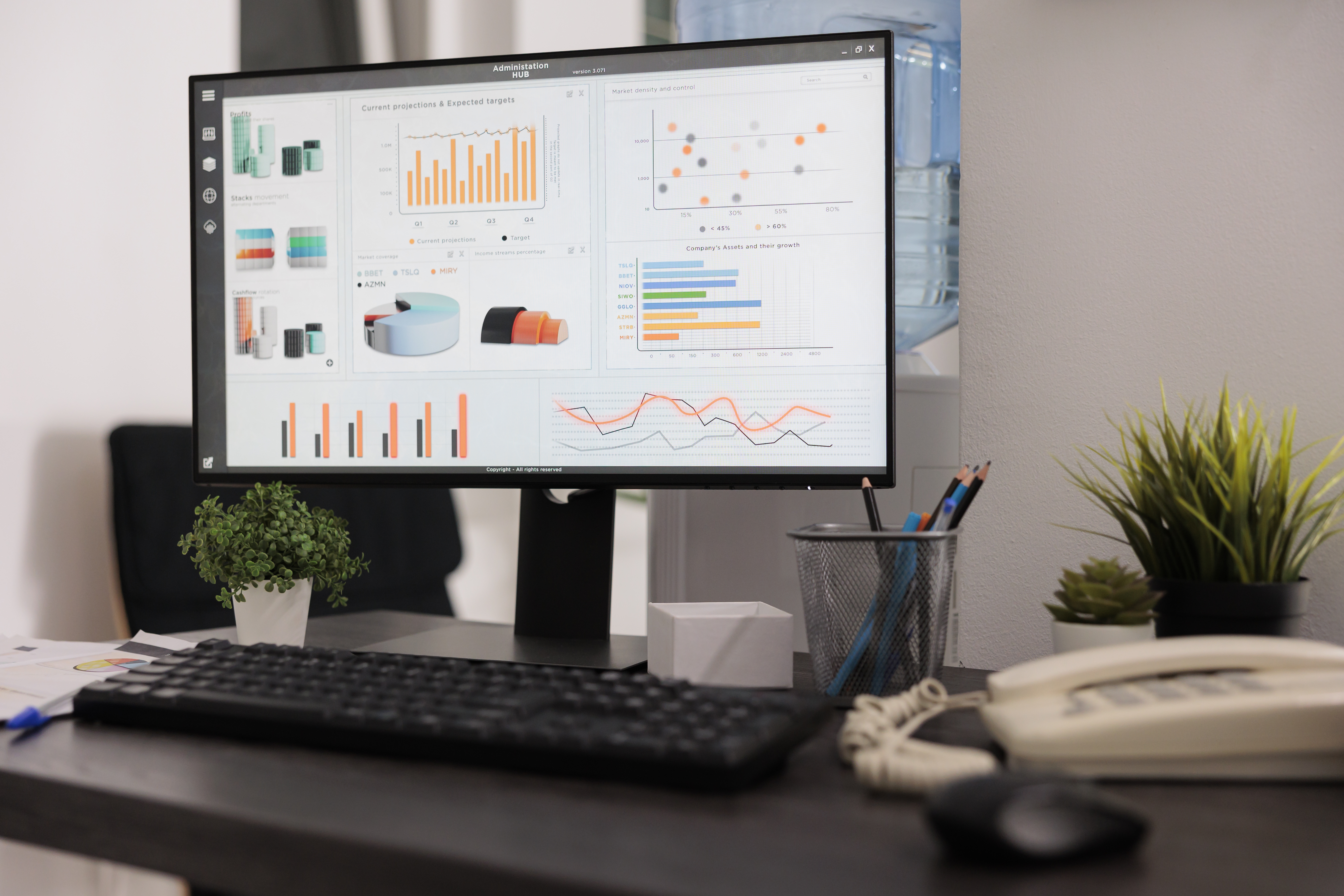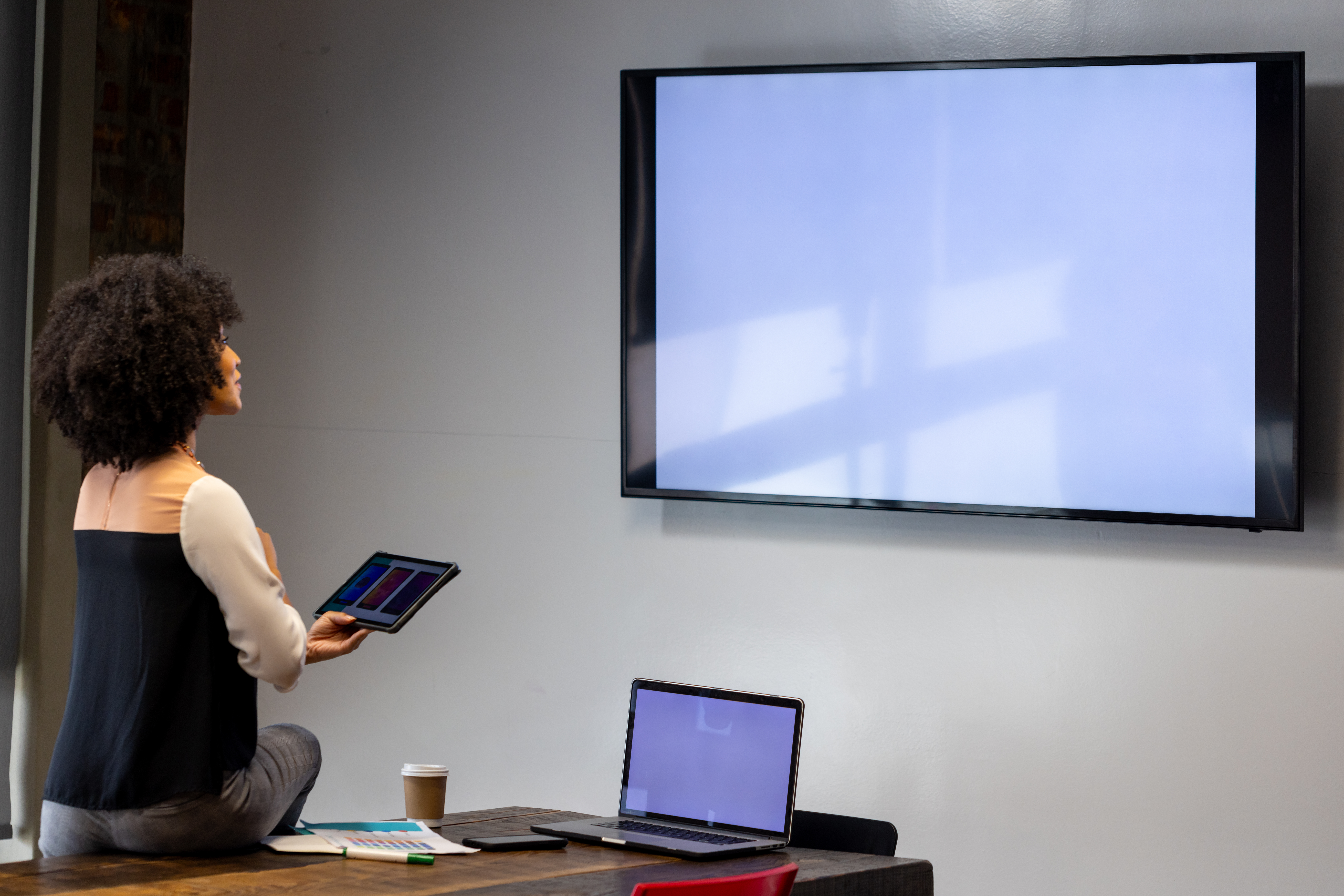
Common Issues with Meeting Room Technology

Meeting room technology should streamline collaboration, but too often it leads to frustration. Discover the most common pitfalls that are holding teams back from productive meetings.
As new ways of working evolve, many organisations have been encouraging employees to return to the office. However, after adapting to hybrid work, this shift came as a surprise to many. Why would anyone want to return to the office if there’s a lack of meeting spaces, inefficient booking systems, or other challenges? The last thing anyone needs is to turn up for a meeting and discover the room has been double-booked, causing delays and missed opportunities.
So, what are the most common problems with meeting rooms today?
 Lack of Visibility and Accurate Room Usage
Lack of Visibility and Accurate Room Usage
Meetings are constantly taking place, but one of the most frustrating issues is finding a meeting room marked as "occupied" when it's actually empty. This often happens when employees forget to cancel their booking after a meeting is called off, leaving others unable to use the space. A lack of visibility into meeting room availability can waste valuable time and cause unnecessary frustration. If organisations had access to a centralised dashboard that tracked room usage and incorporated sensors to detect movement, they could easily identify when a room is in us

Incompatible Technology
One of the most frustrating meeting room challenges is dealing with incompatible technology. Imagine walking into a meeting with your laptop, only to discover that the display cable doesn't fit, or struggling with a video conferencing system that only works with certain devices. These technical issues can severely disrupt meetings, reducing engagement and causing delays. In a modern meeting room, you need seamless connectivity to share content on-screen—not on paper—and for remote participants, this becomes even more critical.
Optimising Meeting Rooms to Overcome Common Challenges
You might wonder how meeting rooms can be optimised to overcome common challenges. From AI-powered note-taking systems to intelligent framing solutions, these technologies all play a key role – but how? In meetings or conferences, the focus should be on the speakers, not distractions. AI-driven framing solutions help by tracking the speaker’s movements, whether they’re walking across the stage or moving around the room, always keeping them in focus. AI-powered notetaking also supports this by transcribing the speaker’s words in real-time, so you don’t have to worry about taking notes. This makes meetings more relaxed and productive. In addition to visual focus, clear audio is essential for effective communication. Noise-cancelling microphones and zone framing enhance audio quality by isolating the speaker's voice and minimising background noise. Together, these tools contribute to a more efficient and focused meeting experience.
To ensure that meeting room issues don’t disrupt your workflow, consider contacting proAV for seamless AV solutions that address these common challenges.
Share